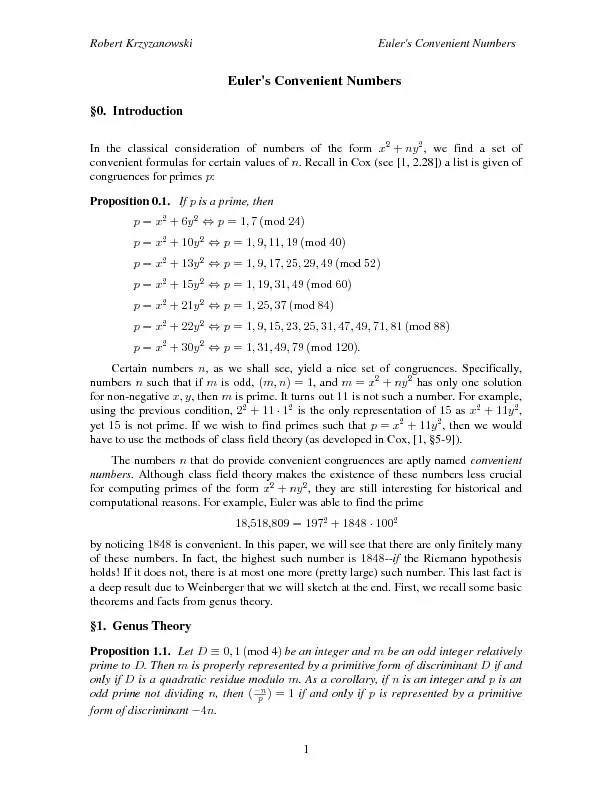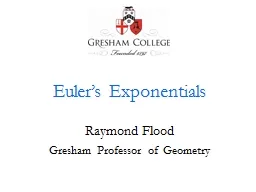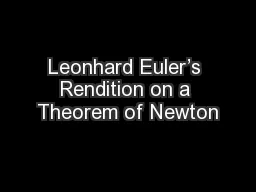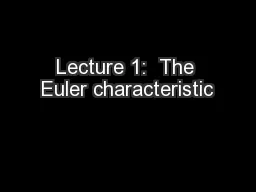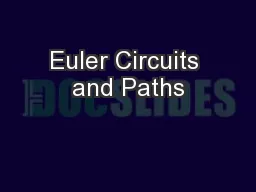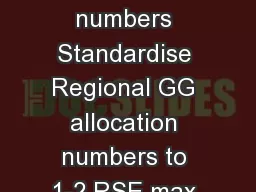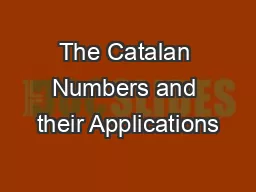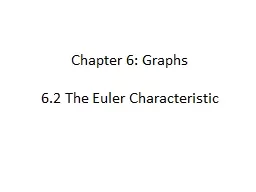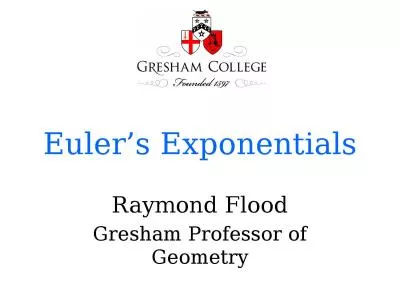PDF-Robert Krzyzanowski Euler's Convenient Numbers Euler's C
Author : pamella-moone | Published Date : 2016-05-07
odd prime not dividing then if and only if is represented by a primitivenform of discriminant r Robert Krzyzanowski Eulers Convenient NumbersProof See 1 Lemma 25
Presentation Embed Code
Download Presentation
Download Presentation The PPT/PDF document "Robert Krzyzanowski Euler's Co..." is the property of its rightful owner. Permission is granted to download and print the materials on this website for personal, non-commercial use only, and to display it on your personal computer provided you do not modify the materials and that you retain all copyright notices contained in the materials. By downloading content from our website, you accept the terms of this agreement.
Robert Krzyzanowski Euler's Convenient Numbers Euler's C: Transcript
Download Rules Of Document
"Robert Krzyzanowski Euler's Convenient Numbers Euler's C"The content belongs to its owner. You may download and print it for personal use, without modification, and keep all copyright notices. By downloading, you agree to these terms.
Related Documents

